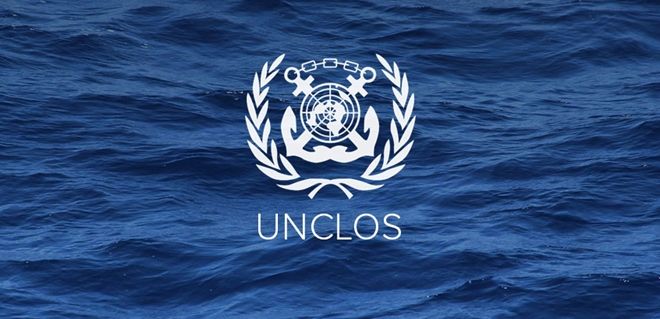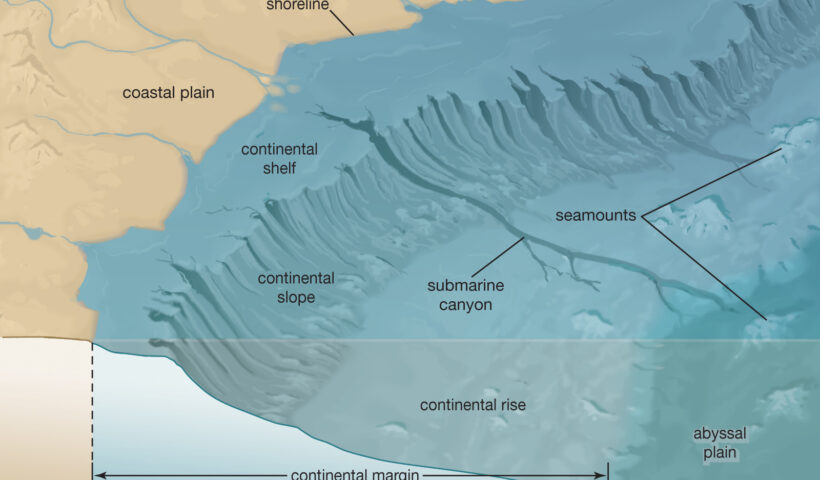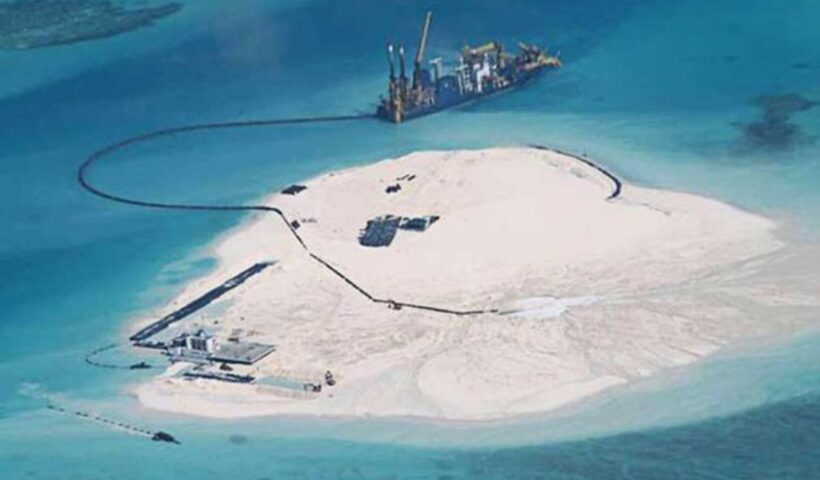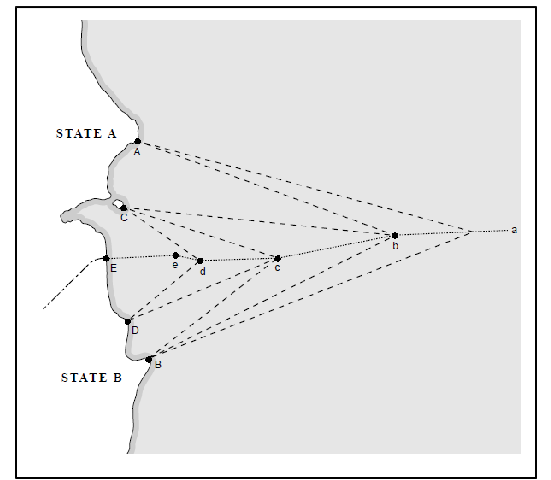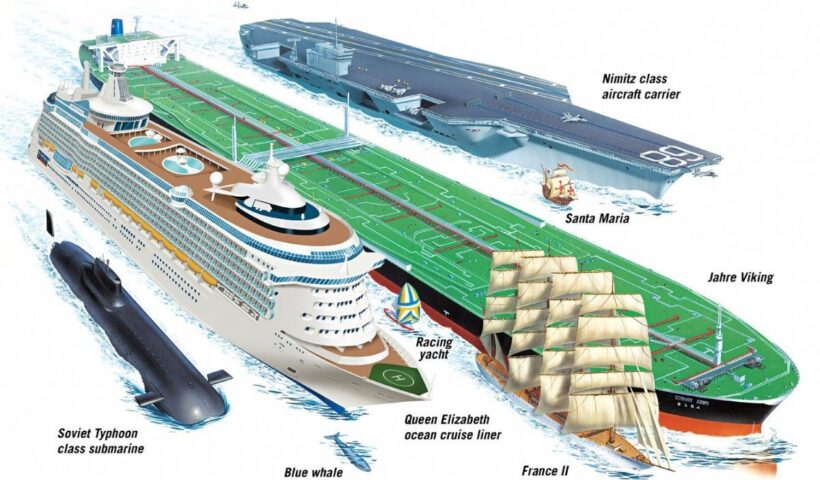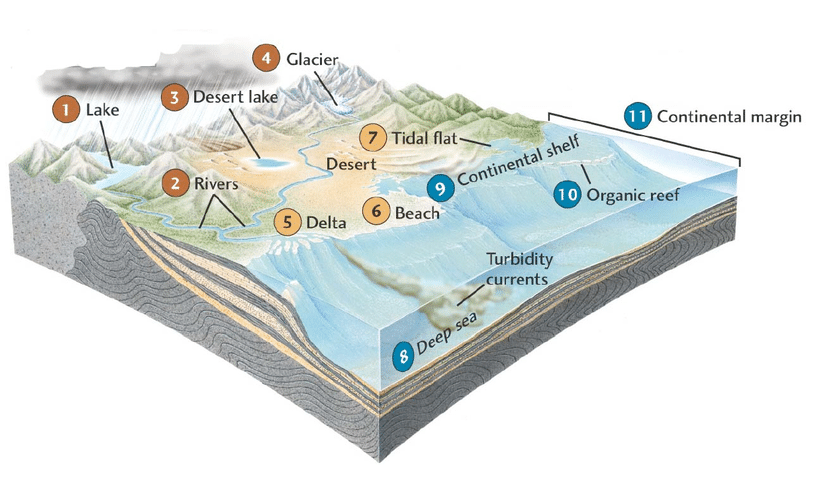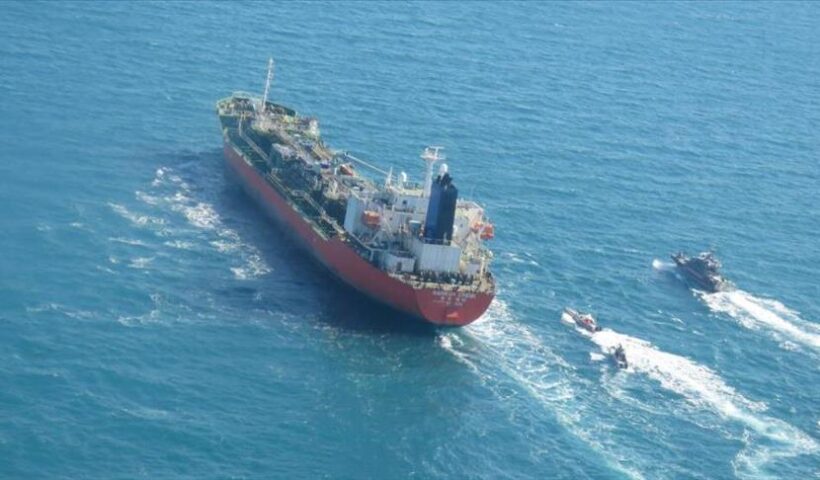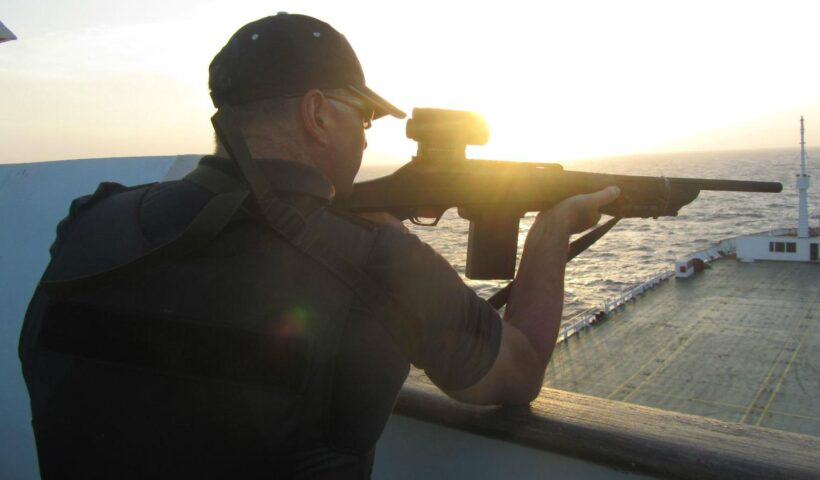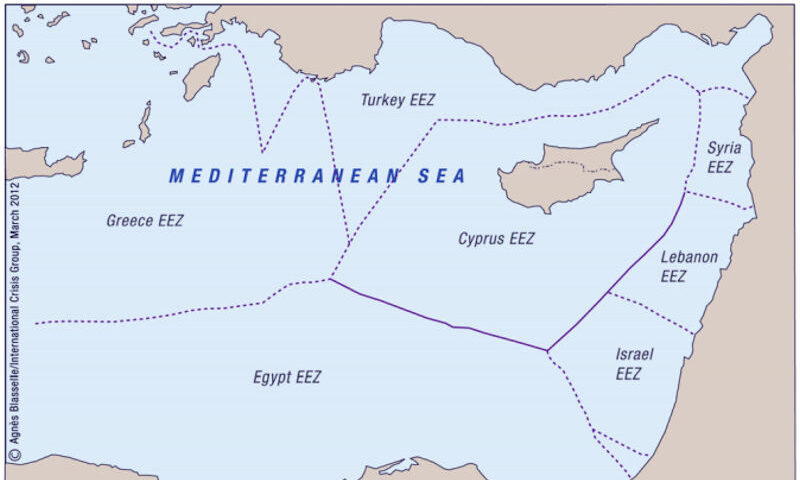By the mid-1950s, it had become increasingly clear that existing international principles governing ocean
affairs were no longer capable of effectively guiding conduct on and use of the seas. The oceans had long been
subject to the freedom-of-the-sea doctrine — a seventeenth century principle that limited national rights and
jurisdiction over the oceans to a narrow belt of sea surrounding a nation’s coastline. The remainder of the seas
was proclaimed to be free to all and belonging to none.
But technological innovations, coupled with a global population explosion, had drastically changed man’s
relationship to the oceans. Larger and more advanced fishing fleets were endangering the sustainability of fish
stocks, the marine environment was increasingly threatened by pollution caused by industrial and other human
activity, and tensions between States over conflicting claims to the oceans and its vast resources were intensifying.
In this atmosphere, the United Nations convened the first of three conferences on the Law of the Sea in
Geneva in 1958. The conference produced four conventions, dealing respectively with the territorial sea and
the contiguous zone, the high seas, fishing and conservation of the living resources of the high seas, and the
continental shelf.
Two years later, the United Nations convened the Second Conference on the Law of the Sea, which, in spite
of intensive efforts, failed to produce an agreement on the breadth of the territorial sea and on fishing zones.
While the first two Conferences on the Law of the Sea had advanced a number of issues concerning international ocean affairs, the majority still remained unsolved. The creation of a comprehensive international
treaty was to become the legacy of the Third United Nations Conference on the Law of the Sea.
A speech to the United Nations General Assembly by Malta’s Ambassador to the United Nations, Arvid
Pardo, on 1 November 1967, has often been credited with setting in motion a process that spanned 15 years and
culminated with the adoption of the Convention on the Law of the Sea in 1982. In his speech, Ambassador
Pardo urged the international community to take immediate action to prevent the breakdown of law and order
on the oceans, a disaster that many feared loomed on the horizon. He called for “an effective international
regime over the seabed and the ocean floor beyond a clearly defined national jurisdiction”.
Ambassador Pardo’s call to action came at the right time. In the next five years, the international community took several major steps that were crucial in setting the stage for a comprehensive treaty. In 1968, the
General Assembly established a Committee on the Peaceful Uses of the Seabed and the Ocean Floor beyond the
Limits of National Jurisdiction, which began work on a statement of legal principles to govern the uses of the
seabed and its resources. In 1970, the Assembly unanimously adopted the Committee’s Declaration of
Principles, which declared the seabed and ocean floor beyond the limits of national jurisdiction to be the common heritage of mankind. The same year, the Assembly decided to convene the Third Conference on the Law
of the Sea to create a single comprehensive international treaty that would govern all ocean affairs.
Third Conference on the Law of the Sea
The Third Conference on the Law of the Sea opened in 1973 with a brief organizational session, followed in 1974
by a second session held in Caracas, Venezuela. In Caracas, delegates announced that they would approach the
new treaty as a “package deal”, to be accepted as a whole in all its parts without reservation on any aspect. This
decision proved to be instrumental to the successful conclusion of the treaty.
A first draft was submitted to delegates in 1975. Over the next seven years, the text underwent several
major revisions. But on 30 April 1982, an agreement had been reached and the final text of the new convention
was put to a vote. The vote, which took place at United Nations Headquarters in New York, marked the end of over a
decade of intense and often strenuous negotiations, involving the participation of more than 160 countries from all
regions of the world and all legal and political systems.
The Convention was adopted with 130 States voting in favour, 4 against and 17 abstaining. Later that same year,
on 10 December, the Convention was opened for signature at Montego Bay, Jamaica, and received a record number of
signatures — 119 — on the first day.
The United Nations Convention on the Law of the Sea entered into force on 16 November 1994, one year after it
had reached the 60 ratifications necessary. Today the Convention is fast approaching universal participation, with 138
States, including the European Union, having become parties.
The Convention is supplemented by two agreements dealing respectively with Seabed Mining and Straddling and
Highly Migratory Fish Stocks.

